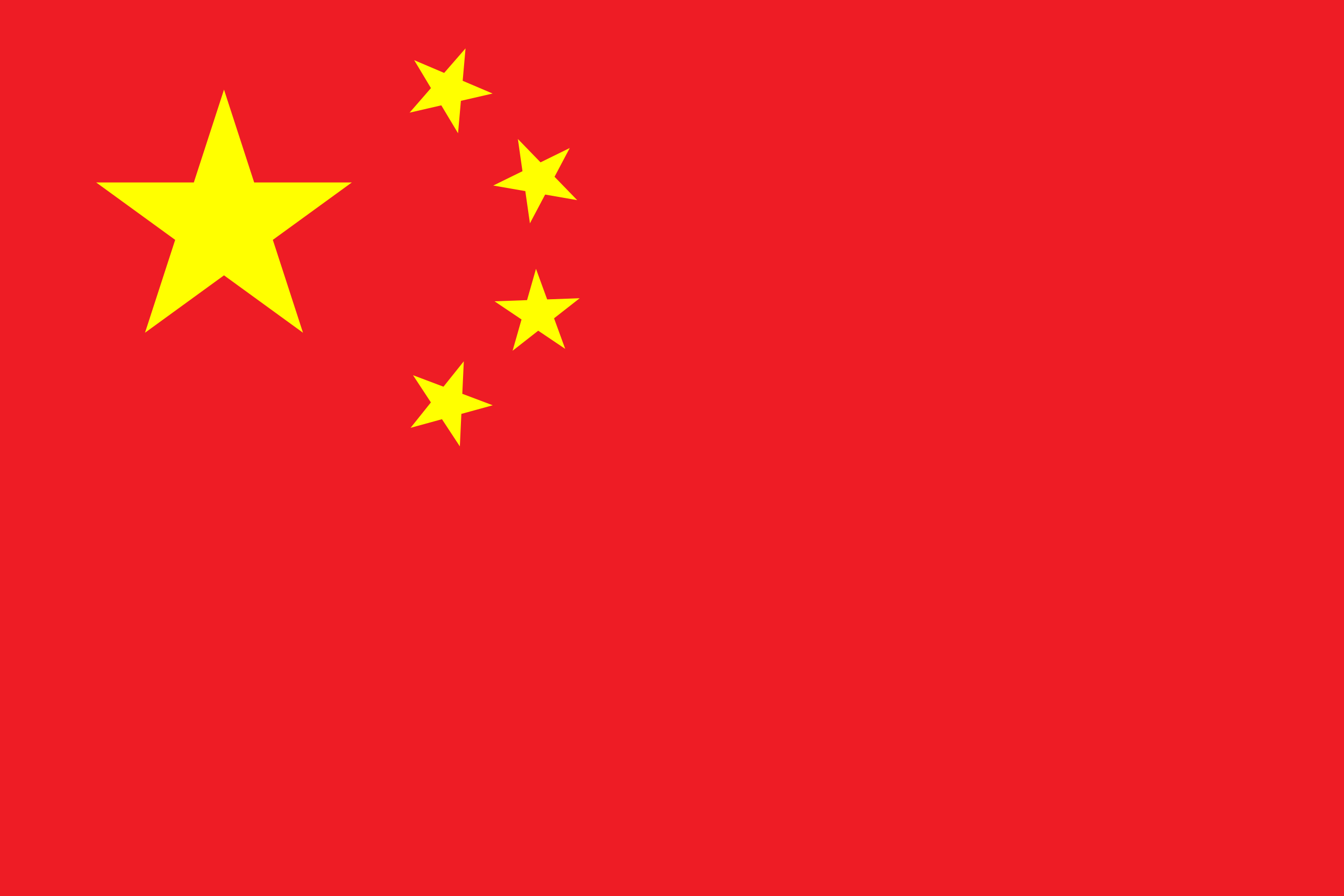Facts on Siachin Issue
06 May 2020
Facts on Siachin Issue
Scholarship Description:
Facts on Siachin Issue is open for . The scholarship allows level program(s) in the field of taught at . The deadline of the scholarship is .
Siachen GlacierThe Siachen Glacier is located in the eastern Karakoram Range in the Himalaya Mountains, at approximately 35.5° N 77.0° E. It is the longest glacier in the Karakoram and second longest in the world's non-polar areas.[1] It ranges from an altitude of 5753 m (18,875 ft.) above sea level at its source at Indira Col (pass) on the China border to its snout at 3620 m (11,875 ft.)
The Siachen Glacier lies south of the great watershed that separates Central Asia from the Indian subcontinent. The 80 km (50 mile) long Siachen glacier[2] lies between the Saltoro Ridge line immediately to the west and the main Karakoram range to the east. The Saltoro Ridge originates in the north from the Sia Kangri peak on the China border in the Karakoram range. The crest of the Saltoro Ridge's altitudes range from 5450 to 7720 m (17,880 to 25,330 feet). The major passes on this ridge are, from north to south, Sia La at 5589 m (18,336 ft), Bilafond La at 5450 m (17,880 ft), and Gyong La at 5689 m (18,665 ft.)
Conflict Zone
The glacier is located in the disputed region of Kashmir in the Indian subcontinent. The average winter snowfall is 10.5 m (35 ft.) and temperatures can dip to minus 50 degrees celsius (minus 58 degrees fahrenheit. In spite of the severe climate, the word 'Siachen' ironically means 'the place of wild roses, a reference some people attribute to the abundance of Himalayan wildflowers found in the valleys below the glacier, but specifically refers to the thorny wild plants which grow on the rocky outcrops. The glacier is also the highest battleground on earth, where India and Pakistan have fought intermittently since April 13, 1984. Both countries maintain permanent military personnel in the region at a height of over 6,000 metres. The site is a prime example of mountain warfare. The glacier's melting waters are the main source of the Nubra River, which drains into the Shyok River. The Shyok in turn joins the Indus River. The glacier's melting waters are a major source of the river Indus, a vital water source. Global warming has had one of its worst impacts here in the Himalayas with the glaciers melting at an unprecedented rate.
The roots of the conflict over Siachen lie in the non-demarcation of the cease-fire line on the map beyond a map coordinate known as NJ9842. The 1949 Karachi Agreement and the 1972 Simla Agreement presumed that it was not feasible for human habitation to survive north of NJ9842, stating that from the NJ9842 location the boundary would proceed "thence north to the glaciers." In the 1960's and 1970's, however, the United States Defense Mapping Agency (now National Geospatial-Intelligence Agency) began, with no legal justification or any boundary documentation, showing an international boundary on their maps available to the public and pilots as proceeding from NJ9842 east-northeast to the Karakoram Pass at 5534 m (18,136 ft.) on the China border. Numerous governmental and private cartographers and atlas producers followed suit. This resulted in cartographically "awarding" the entire 2700 square kilometers (1040 square mile) Siachen area to Pakistan. Indian government and military took note. Prior to 1984 neither India nor Pakistan had any permanent presence in the area.
Fighting
In the 1970s and early 1980s several mountaineering expeditions applied to Pakistan to climb high peaks in the Siachen area, and Pakistan granted them. This reinforced the Pakistani claim on the area, as these expeditions arrived on the glacier with a permit obtained from the Government of Pakistan. Once having become aware of this in about 1978, Colonel N. Kumar of the Indian Army mounted an Army expedition to Teram Kangri peaks (in the Siachen area on the China border and just east of a line drawn due north from NJ9842) as a counter-exercise. The first public mention of a possible conflict situation was an article by Joydeep Sircar in The Telegraph newspaper of Calcutta in 1982, reprinted as "Oropolitics" in the Alpine Journal, London, in 1984. India launched Operation Meghdoot (named after the divine cloud messenger in a Sanskrit play) on 13 April 1984 when the Kumaon Regiment of the Indian Army and the Indian Air Force went into the glacier region. Pakistan quickly responded with troop deployments and what followed was literally a race to the top. Within a few days, the Indians were in control over most of the area, as Pakistan was beaten to most of the Saltoro Ridge high ground by about a week. The two northern passes - Sia La and Bilfond La - were quickly secured by India. In his memoirs, current Pakistani president, General Pervez Musharraf states that Pakistan lost almost 2,331 Km2 (900 Mi2) of territory[3]. Since then Pakistan has launched several attempts to displace the Indian forces, but with little success. The most well known was in 1987, when an attempt was made by Pakistan to dislodge India from the area. The attack was led by Pervez Musharraf (later President of Pakistan) heading a newly formed elite SSG commando unit in the area. A special garrison with eight thousand troops was built at Khapalu. The immediate aim was to capture Bilafond La but after bitter fighting that included hand to hand combat, the Pakistanis were thrown back and the positions remained the same. The only Param Vir Chakra - India's highest gallantry award - to be awarded for combat in the Siachen area went to Naik Subedar Bana Singh (retired as Subedar Major/Honorary Captain), who assaulted and captured a Pakistani post atop a 22,000 foot (6 700 m) peak, now named Bana Post. Further attempts to reclaim positions were launched by Pakistan in 1990, 1995, 1996 and even in early 1999, just prior to the Lahore Summit. The 1995 attack by Pakistan SSG was significant as it resulted in 40 casualties for Pakistan troops without any changes in the positions.
Current situation
The Indian Army controls most of the Siachen Glacier and the two main passes of the Saltoro Ridge immediately west of the glacier, Sia La, Bilafond La. Gyong La is held by Pakistan. India is thus holding onto the tactical advantage of high ground.
The Pakistanis have been unable get up to the crest of the Saltoro Ridge, while the Indians cannot come down and abandon their strategic high post. A ceasefire went into effect in 2003. Before then, every year more soldiers were killed because of severe weather than enemy firing. The two sides have lost an estimated 2,000 personnel primarily due to frostbite, avalanches and other complications. Both nations have 150 manned outposts along the glacier, with some 3,000 troops each. Official figures for maintaining these outposts are put at ~$300 and ~$200 million for India and Pakistan respectively. India has built the world's highest helipad on this glacier at a place called Sonam, which is at 21,000 feet (6 400 m) above the sea level, to serve the area. India also installed the world's highest telephone booth on the glacier.[2] Both sides have been wishing to disengage from the costly military outposts but after the Kargil War in 1999 where Pakistan sent infiltrators to occupy vacated Indian posts across the Line of Control, India has backed off from withdrawing in Siachen. India feels that Pakistan would resort to the same thing if Siachen Glacier is vacated without any official confirmation of its positions in the glacier.
During her tenure as Prime Minister of Pakistan, Ms Benazir Bhutto, visited the area west of Gyong La, making her the first premier from either side to get to the Siachen region. On June 12, 2005, Prime Minister Manmohan Singh became the first Indian Prime Minister to visit the area, calling for a peaceful resolution of the problem. In the previous year, the President of India, Abdul Kalam became the first head of state to visit the area. India based Jet Airways plans to open a chartered service to the glacier's nearest airlink, the Thoise airbase, mainly for military purposes. Pakistan's PIA flies tourists and trekkers daily to Skardu, which is the jumping off point for K2, the world's second highest point just 33 kilometers (20.5 miles) northwest of the Siachen area, although bad weather frequently grounds these scheduled flights.
Degree Level:
Facts on Siachin Issue is available to undertake level programs at .
Available Subjects:
Following subject are available to study under this scholarship program.
previous
Achievement Scholarships for International Undergraduate Students: Engineering and Information Technology, University of Technology Sydney



